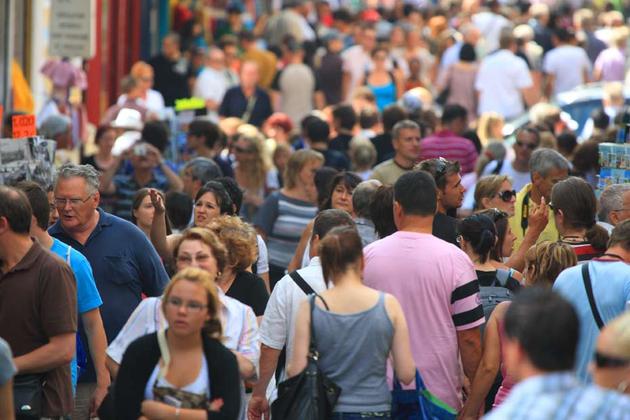Sidcup faces a predicament. The population is growing and the provision of new housing isn't keeping up. With the average age of a Sidcup person being 38.8 years (compared to the London average of 35.6 years old and the national average of 39.4 years of age), the population of Sidcup is growing at an alarming rate. This is due to an amalgamation of longer life expectancy, a fairly high birth rate (compared to previous decades) and high net immigration, all of which contribute to housing shortages and burgeoning house prices.
My colleagues got in touch with Durham University and they have kindly produced some statistics specifically for the Bexley London Borough Council area. Known as the UK's leading authority for such statistics, their population projections make some startling reading…
For the Bexley London Borough Council area … these are the statistics and future forecasts:
2016 population 245,180
2021 population 259,369
2026 population 273,646
2031 population 287,061
2036 population 299,868
The normal ratio of people to property is 2 to 1 in the UK, which therefore means…
We need just over 27,000 additional new properties to be built
in the Bexley London Borough Council area over the next 20 years.
Whilst focusing on population growth does not tackle the housing crisis in the short term in Sidcup, it has a fundamental role to play in long-term housing development and strategy in the area. The rise of Sidcup property values over the last six years since the credit crunch are primarily a result of a lack of properties coming onto the market, a lack of new properties being built in the area and rising demand (especially from landlords looking to buy property to rent them out to the growing number of people wanting to live in Sidcup but can't buy or rent from the Council).
Although many are talking about the need to improve supply (i.e. the building of new properties), the issue of accumulative demand from population growth is often overlooked. Nationally, the proportion of 25-34 year olds who own their own home has dropped dramatically from 66.7% in 1987 to 43.8% in 2014, whilst 78.2% of over 65s own their own home. Longer life expectancies mean houses remain in the same hands for longer.
The swift population growth over the last thirty years provides more competition for the young than for mature population. It might surprise some people that 98% of all the land in the UK is either industrial, commercial or agricultural, with only two percent being used for housing, which means one could propose expanding supply to meet a expanding population by building on green belt – that most Politian's haven't got the stomach to tackle, especially in the Tory' strongholds of the South of England, where the demand is the greatest. People mention brownfield sites, but recent research suggests there aren't as many sites to build on, especially in Sidcup that could accommodate 27,000 properties in the next 20 years.
In the short to medium term, demand for a roof over of one's head will continue to grow in Sidcup (and the country as a whole). In the short term, that demand can only be met from the private rental sector (which is good news for homeowners and landlords alike as that keeps house prices higher).
In the long term though, local and national Government and the UK population as a whole, need to realise these additional millions of people over the next 20 years need to live somewhere. Only once this issue starts to get addressed, in terms of extra properties being built in a sustainable and environmentally friendly way, can we all help create a socially ecological prosperous future for everyone. For more thoughts on the Sidcup Property market, please visit the Sidcup Property Market Blog click here:sidcuppropertyblog.co.uk
Want to know the potential Sales or Rental value of your property? – use our FREE instant Online Valuation tool to give you a guide in less than 60 seconds:







Share this with
Email
Facebook
Messenger
Twitter
Pinterest
LinkedIn
Copy this link